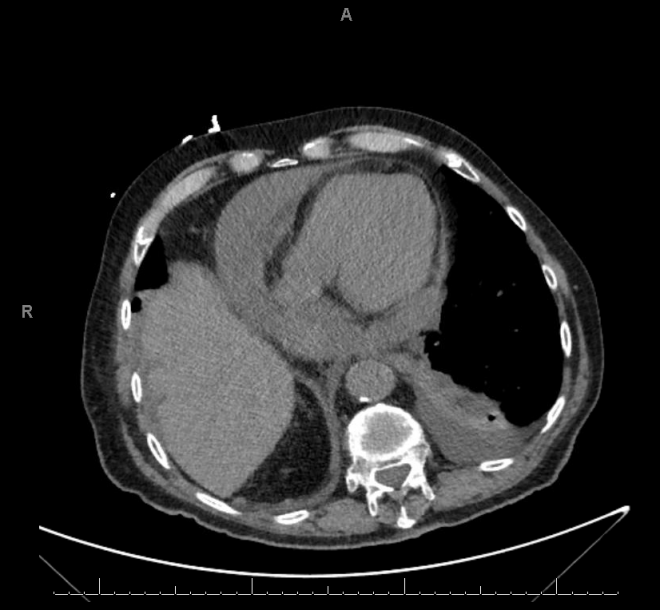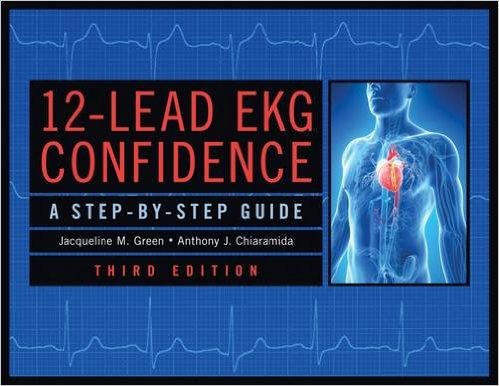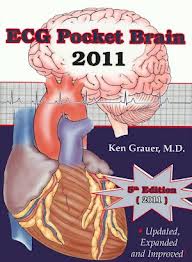Category: Cardiology
-

Shock and Hypotension: An Expanded Differential Diagnosis
The following is an expanded differential diagnosis of shock. Please let me know if you’d consider adding anything to the list! Cardiogenic Arrhythmias Impaired contractility (volume overload, ischemia, drugs, toxins, electrolyte disorders) Structural problems (valvular abnormalities, etc.) Obstructive Endovascular: pulmonary embolus, atrial myxoma or thrombus Exo-vascular: cardiac tamponade, hypertrophic cardiomyopathy, tension pneumothorax, tension mediastinum, breath…
-

Electrocardiography: A Curriculum for Self-Guided Learners
“If you think there’s another specialist who has all the answers, someone else who’s going to bail you out of trouble every time you have a question about ECGs, you are mistaken. That person may just as likely be wrong, so YOU must strive to become THE expert.” Amal Mattu MD, ECG Interpretation of STEMI:…
-

How to distinguish pericarditis from STEMI
The Problem Diffuse, convex (up) ST segment elevations with or without PR-segment depressions can be seen in both pericarditis or ST-segment Elevation Myocardial Infarction (STEMI), particularly if the patient has a wraparound LAD which supplies the inferior wall. So how can one reliably distinguish pericarditis from STEMI? The Solution If any of the following are present, a STEMI…
-
Bradycardia and Sinus Node Dysfunction: an Internal Medicine Approach
Definitions Sinus node dysfunction may include sinus bradycardia, sinus pauses, sinus exit block, sinus arrest, tachy-brady syndrome, persistent atrial standstill and chronotropic incompetence. Symptoms, when present, are usually related to cerebral hypoperfusion. These include dizziness, presyncope, and syncope. Other symptoms include congestive heart failure, fatigue, decrease exercise capacity, recurrent falls, confusion, memory loss, and palpitations or stroke (if…
-

ECG Pocket Brain (2011) by Ken Grauer MD
There are many hundreds of EKG books in existence, but I can probably count on one or two hands those that I would consider exceptionally good. ECG Pocket Brain by (2011) by Ken Grauer MD is one of the best. You can download a generously-sized excerpt for free here. The book is concise, relevant and very easy to…
-
Toxic and Drug-Induced Changes of the Electrocardiogram by Catalina Lionte, et al.
Toxic and Drug-Induced Changes of the Electrocardiogram by Catalina Lionte, et al. is an excellent chapter about the role of electrocardiography in toxicological diagnosis. It comes from the book Advances in Electrocardiograms – Clinical Applications (2012). The chapter can be accessed online free here or here. The book can be accessed free here. Some of the electrocardiogram are really…
